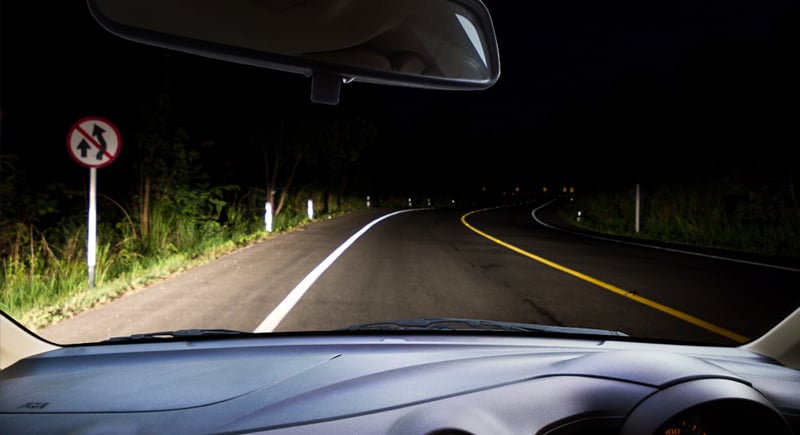
By
Rob Boyle
October 10, 2024
Updated
October 10, 2024

What are some challenges of working at night?
When working at night, challenges can include poor visibility for motorists and workers, impaired or drowsy drivers, and lack of communication between shifts.
How do I protect myself when working at night?
Working at night may also cause physical and social disruptions, such as sleep deprivation and disruption, risk of injury from drowsiness and impaired family or social relationships.
During night work, use special precautions at the work site. Above all, you must increase visibility and know your surroundings.
How can I increase my visibility at night?
- Wear retro-reflective clothing
- Wear flashing lights on your body or clothing
- Place retro-reflective tape on equipment
- Use good work area lighting
What do I need to know about my surroundings?
- Know the location of and safe routes to employee parking. Know the vehicle and equipment paths. While on foot, watch out for equipment. While on equipment, watch out for workers.
- Know the assigned work areas.
- Know the safe path to and from work. Know where the rest rooms and other facilities are located. If safe routes are not present, notify your supervisor immediately.
- Know which supervisors are responsible for safety and who to contact with any questions or to report problems.

How can my health habits help when working at night?
Night work can create issues for your body. It is important to compensate for this as your health habits can make a huge difference in your performance.
At the work site:
- Eat protein-rich foods and avoid sugars and fats.
- Drink plenty of water.
At home:
- Make sleep a priority. Follow a pre-sleep routine and have a light snack before bedtime. Keep daylight out, even if you have to install blackout drapes.
- Eat family meals together and plan daytime social activities. That way, you’ll be ready for sleep when you come home from work.

Can my visibility be affected when driving at night?
During fall and winter, you will find yourself spending more time driving in the dark. Depth perception, colour recognition, and peripheral vision can be compromised in the dark, and the glare of headlights from an oncoming vehicle can temporarily blind a driver.
Even with high-beam headlights on, visibility is limited to about 250 ft (76 m) to 500 ft (152 m) for normal headlights, creating less time to react to something on the road, especially when driving at higher speeds.
How can I drive safely at night?
- Aim your headlights correctly and make sure they’re clean
- Dim your dashboard
- Look away from oncoming lights
- If you wear glasses, make sure they’re anti-reflective
- Clean the windshield to eliminate streaks
- Slow down to compensate for limited visibility and reduced stopping time
